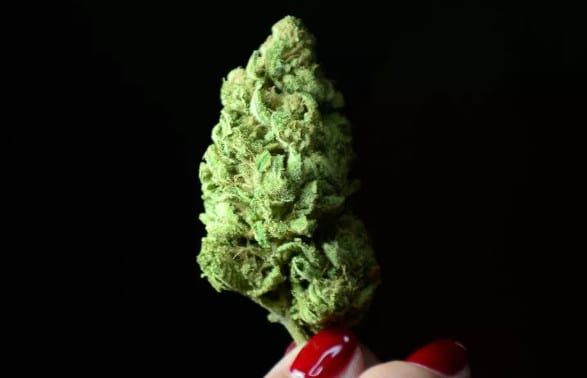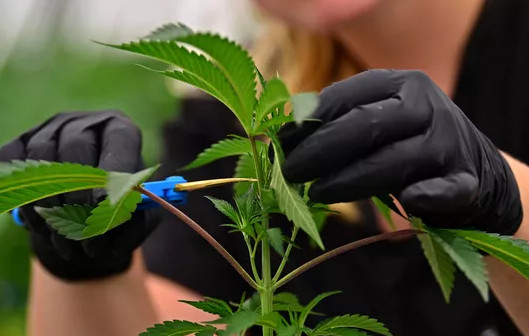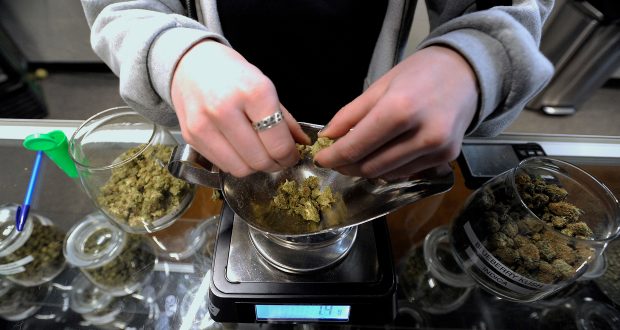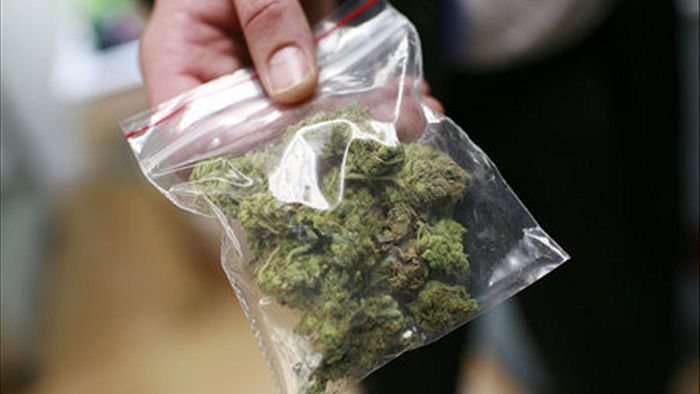Even with no pun intended it is hard to ignore the thriving business environment surrounding the production and sale of medical marijuana. With MMJ now legalized in 15 states and the District of Columbia, the market is expanding vigorously.
Treating a Variety of Ailments
THC, the active ingredient in marijuana has been shown to effectively treat a number of conditions. It can reduce nausea, insomnia, neurogenic pain and movement disorders and the symptoms of glaucoma. It may be useful in controlling the symptoms of irritable bowel syndrome, migraines and fibromyalgia. Recent studies have indicated that THC prevents the formation of deposits of plaques associated with Alzheimer’s disease.
Of course more research is essential in determining which conditions medical marijuana can help, but even this short list is encouraging.
Not Just Smoking
Medical marijuana opponents object strongly to the most common method of ingestion: smoking. However, there are many safer ways to ingest marijuana. Marijuana can be inhaled in a vaporized form and added to food after being processed into hemp oil. Both methods bypass the potential risks involved in any form of smoking.
Who Can Grow It?
One of the challenges of getting medical marijuana is figuring out who is allowed to grow it, and how much they can grow. The states which have legalized marijuana for medical use have implemented standards for whether and how much marijuana an individual is allowed to grow or possess. Things are a bit more complicated for dispensaries.
California allows patients and caregivers to form cooperatives to grow the plants, but much of the product which reaches the market is grown on small “farms” which still operate outside the law.
Recently a large store specializing in information and supplies opened in Sacramento, CA. The store doesn’t sell any marijuana, nor any plants. There are some plants on display but they are owned by licensed individuals and will be removed before they bud.
Licensed Dispensaries
Opening a medical marijuana dispensary involves a bit of work. In each of the states where the sale of medical marijuana is legalized the requirements are a bit different. Businesses must apply for a license and provide proof that the storefront is either owned by the business or that the leaser has approved the business. Some states require a safety plan to be drawn up, or request tax documents and so forth.
One of the biggest challenges facing these legal businesses is obtaining the full range of business services, such as merchant accounts for processing credit card sales or bank accounts, since marijuana is only legal on the state level, not at the federal level.
Perhaps the strongest argument that the government will respond to is the potential tax base that medical marijuana will generate. In tough economic times it is hard to turn away any source of much needed income.













